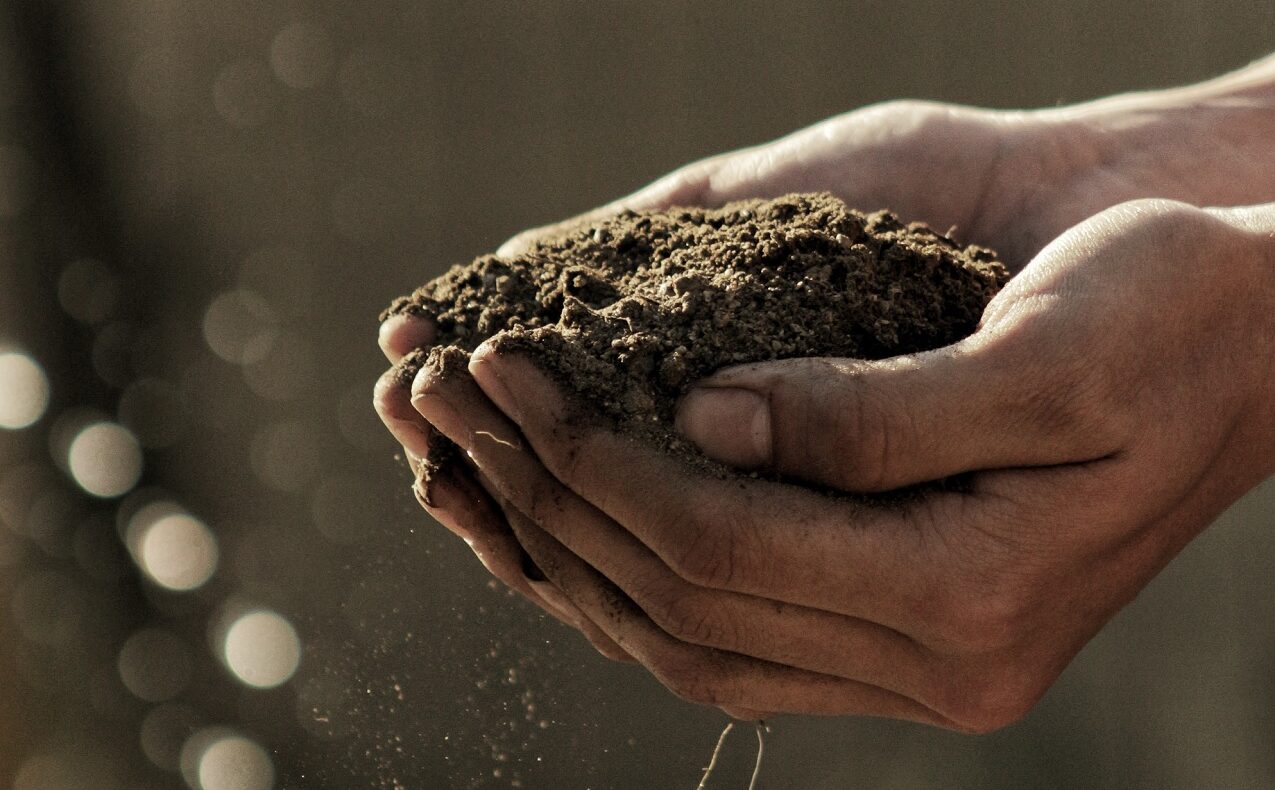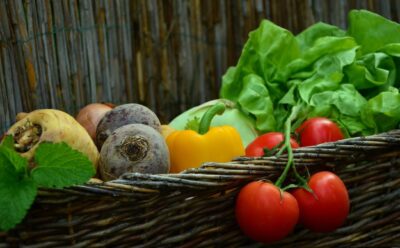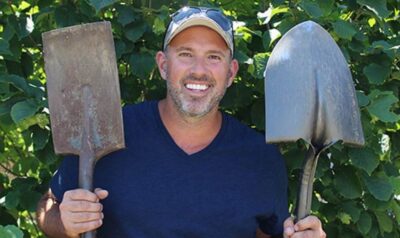Environmentally friendly gardening — which boils down to working with Mother Nature rather than against her — has never felt more important.
From wildfires and floods to declining wildlife species, we’re clearly not tending to our planet. Equally clearly, many of us want to do better, often starting in our own backyards.
“There has definitely been an uptake in eco-friendly and organic gardening products and customers over the last couple of years,” says Mike Ritchie of Ritchie Feed & Seed. “Many manufacturers are moving towards more products that are eco-friendly (such as) organic fertilizers.”
How do you bring environmentally friendly gardening to your own home?
Lana Doss of The Fine Gardener says we must first eliminate pesticides, even organic ones. “If you have a specific problem with aphids, you spray the aphids. But did you know you’re spraying the junior ladybugs that are eating them for you, so you just eliminated their predators?”
Instead of pesticides, she says, try old-school strategies like interplanting onions with tomatoes, broccoli and certain other vegetables to keep destructive bugs at bay.
She also recommends native species that are adapted to our climate and are recognized by feeding insects that, in turn, are pollinators and food for birds. Oak, maple and willow trees, for instance, are an early-season food source. Dill, parsley and other small-flower herbs attract the black swallowtail butterfly, and the showy red monarda flower is beloved by hummingbirds.
Doss also reminds gardeners to “leave the leaves.” Letting at least some of the leaf litter and plant stalks remain in the fall and early spring gives birds food and hibernating insects shelter until warmer weather arrives. Then use a small corner of your yard to turn the debris into valuable compost.
Other experts offer their own ideas on environmentally friendly gardening.
“Modern gardens need to reflect our new (environmental) reality,” writes gardening pro Brian Minter in a recent article. That means making “an environmental statement” by ensuring our plants sequester carbon and are more heat, drought and moisture tolerant, our soils brim with organics, and our gardens are more wildlife friendly.
He recommends planting low-maintenance ornamental grasses that look lovely, are drought hardy and provide nesting material for birds.
Minter also suggests new varieties of perennials and annuals, including sunflowers, that bloom longer in the season, not only delighting the eye but serving as food sources for wildlife.
The Canadian Wildlife Federation website is another valuable resource. It has tips on improving soil quality naturally, conserving water to leave more for wildlife, composting, and other eco-conscious gardening strategies for a changing planet.
When Mike Ritchie is asked about making a garden even greener, he suggests applying organic fertilizers such as hen manure and bone meal, adding plants like milkweed that attract butterflies and using products such as Japanese beetle traps to help control pests.
Environmental sustainability on our property extends beyond just gardens.
Thom Bourne, owner of Nutri-Lawn Ottawa, says the ban on pesticides in many jurisdictions means lawn care has become even more of a partnership between companies like his and homeowners wanting a healthy lawn.
“We will apply the correct products at the correct rates, and provide the advice needed based on the lawn’s condition, but now the homeowner has to be more invested in the process. Cutting high, at two and a half to three inches, and watering properly to a depth of one inch every five to seven days is crucial to the lawn’s health.”
When hiring a lawn care company, he recommends ensuring the service is aware of the agronomic history of your area. “Different issues arise in different parts of the city. For example, chinch bugs can be more active in the suburban lawns of Orléans or Barrhaven, while grubs are more prevalent in the outlying areas of Manotick, Greely or Cumberland.”
And if you think environmentally friendly gardening means drab, Doss suggests a stroll through the Experimental Farm’s Fletcher Wildlife Garden, where native plants support wildlife while offering a colourful treat for the eye.
“I’m on a mission to show people how attractive it can be. It’s just getting to know the plants.”









